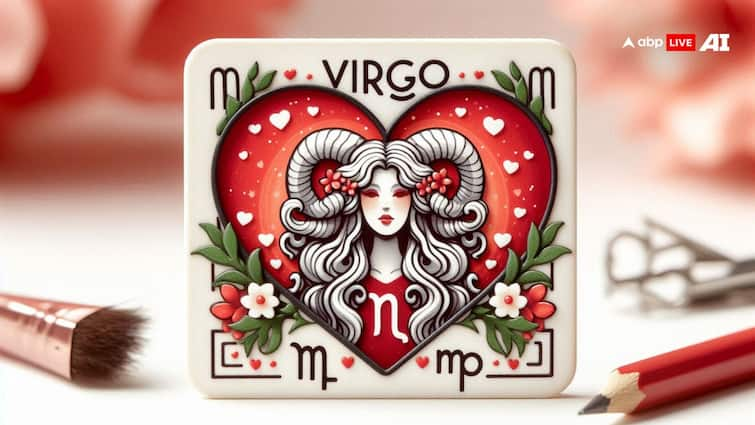Last Updated:
Henry Scragg’s Essex shop Curiosities from the 5th Corner sells human skulls and body parts, sparking expert calls for tighter UK laws amid fears of grave robbing.

Representative Image. (AI Generated)
In a recent YouTube interview from his macabre curiosities shop in Essex, Henry Scragg appeared in a worn bowler hat, with tribal-style facial tattoos and a ginger beard flowing into three long dreadlocks.
“When it comes to human stuff, I’ll take anything, pretty much,” Scragg said. “As long as it’s been ethically sourced, may I add.”
Recommended Stories
The shop, Curiosities from the 5th Corner, provides a backdrop that could be plucked straight from a Victorian penny dreadful: a foetus of conjoined twins floats in a large medical jar at Scragg’s elbow, shelves of human skulls and a hybrid animal skeleton loom behind. The shop’s website markets a monthly human skull subscription (buyers are sent a skull of the shop’s choice each month), mummified body parts, shrunken heads, and masks and wallets made from human leather, The Guardian reported.
While there is no indication that selling such items is illegal, experts — including Dame Sue Black, one of the UK’s foremost forensic scientists — have urged tighter controls on the trade in human remains.
Experts warn that the lack of regulation leaves much of the trade in skulls and bones in a legal grey area, with the expanding online market raising fears of a modern form of “body snatching” amid reports of bones being taken from crypts and graveyards in the UK and overseas.
“You’ve got people who are breaking into mausolea and who are taking remains away to sell them for people who think this is gothic, quaint [or] supernatural,” said Black, the president of St John’s College, Oxford. “If you can make the sale of a bird’s nest illegal, surely to goodness you can make the sale of a human body illegal. Having a necklace made out of somebody’s teeth isn’t acceptable to people.”
Experts point out that part of the problem lies in how the law is applied. In the UK, desecrating a grave is a criminal offence, but human remains are not legally considered property and therefore cannot be “owned” or “stolen.” As a result, possessing or selling historical remains — even if they were unlawfully exhumed — is not automatically a crime.
“It’s gruesome,” said Black. “It’s why we say ‘Rest in peace.’ You don’t expect your body to be dug up and sold.”
Dr. Trish Biers of Cambridge University’s anthropology department leads a task force within the British Association for Biological Anthropology and Osteoarchaeology (BABAO) that monitors the trade in human remains. She noted a sharp rise in such sales in the UK in recent years. Over the past five years, BABAO has intervened to block more than 200 transactions, including those involving auction houses, shops, and online platforms.
Although the market has traditionally been dominated by ex-medical skulls and former museum pieces, Biers suggested there had been an increase in the sale of skulls described as “archaeological”, the appearance of which is consistent with having been excavated from the ground or exhumed from coffins.
“Social media has completely changed the market,” she said. “It’s not illegal, and that’s the problem.”
Similar concerns were echoed in March by Mattaeus Ball, a Reading-based dealer in “macabre art and oddities,” who recently declared he would cease trading in human remains.
“The waters are becoming too muddy with stolen pieces, pieces that are grave-robbed, so many things that just aren’t right,” he said in an Instagram post. “And people keep thinking I’m dealing in that, when I’m not.” Ball declined to be interviewed.
The Guardian showed images of 10 skulls found on sale on Instagram and other UK online forums to three forensic experts. Several were judged to be ex-anatomical teaching skulls, but others appeared to be coated with dirt or traces of human tissue, which could indicate more recent excavation.
A skull listed for £995 on a Belfast-based website bore signs consistent with having been buried in soil. An expert pointed to “patches of darker organic matter, possible rootlets in the sutures and orbits, and indications of rodent gnawing.” However, the site’s owner denied that roots or rodents were responsible for the damage.
Another skull, missing several teeth and marketed for £795 on the website of a UK-based shop, appeared to have manganese oxide staining, the Guardian was told, which is consistent with that seen in bodies excavated from old graves.
At least three skulls displayed signs of softening, a condition that occurs when bones are exposed to the acidic environment inside a coffin during decomposition. One skull appeared to have recent facial damage and a thin, dark, flaky layer — characteristics “I have seen in skulls removed from coffins,” said Black. “The white areas indicate recent damage, as they reveal the uncoloured bone beneath.”
Dr Nicholas Marquez-Grant, a forensic anthropologist at Cranfield University, said that, based on anatomical features, some of the skulls probably originated from outside the UK, including Asia and Africa, and may date as far back as the 19th century.
Paul Boateng, who is set to meet Culture Secretary Lisa Nandy next month to press for legal reforms, voiced particular concern over the trade in the remains of Indigenous ancestors. “The ongoing commerce in human beings after death, and their continued objectification, is profoundly repugnant and a source of national shame,” he said.
Loading comments…
Read More





